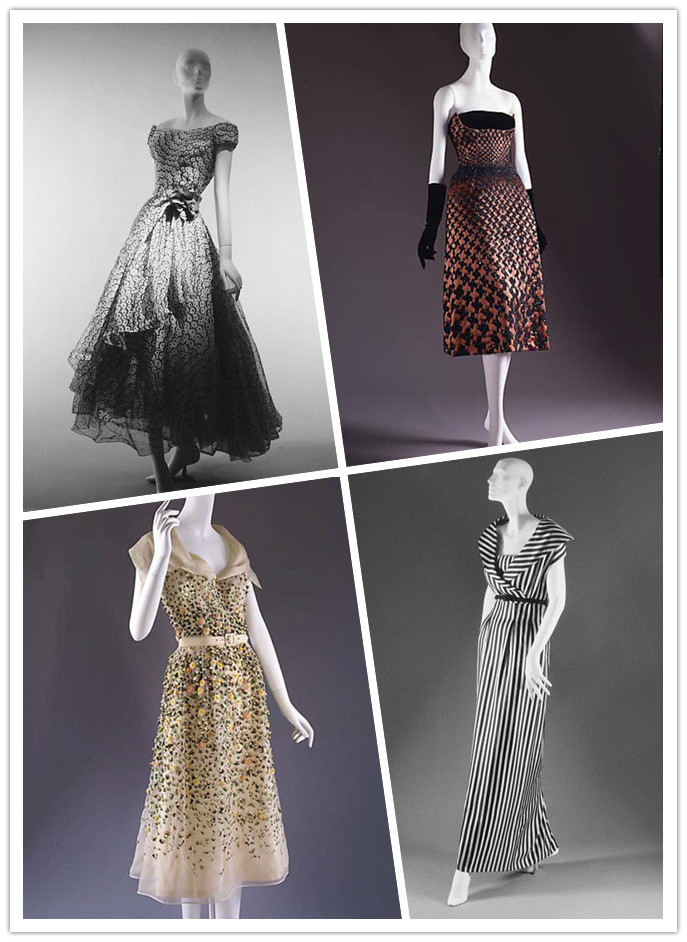Tel: +86-0769-33218711
E-Mail: info@ysydisplay.com
Add: A1#807, Tianan cyber building, Huangjin Road, Nancheng, Dongguan, China 523000.
Mannequins have been an integral part of the retail industry for centuries. These lifeless figures have a dynamic history, transitioning from simple displays to sophisticated tools that influence consumer behavior and enhance the visual appeal of stores. In this post, we'll explore the captivating journey of mannequins and examine how they are utilized in today's retail environment.
Ancient Beginnings
The history of mannequins stretches back to ancient civilizations. In Egypt, life-sized statues of gods and pharaohs served ceremonial purposes and were made from wood, clay, or stone. These early figures foreshadowed the utility that mannequins would later embody in the fashion and retail sectors.
Middle Ages and Renaissance
Moving into the Middle Ages, the use of mannequins became more functional. Tailors and dressmakers employed simple wooden forms to showcase their garments. These mannequins were essential for crafting custom-fit clothing for the elite.
During the Renaissance, France, hailed as the fashion capital, introduced more lifelike and detailed mannequins. Made from materials like paper pulp, wax, and wood, these figures were often painted to mimic human features.

Industrial Revolution
The Industrial Revolution marked a significant turning point for mannequins. Mass production techniques and new materials such as fiberglass and plastic made mannequins more affordable and durable. This era also saw an increase in the variety and realism of mannequins, making them indispensable for burgeoning department stores.
20th Century Innovations
In the 20th century, mannequins became more versatile and expressive, mirroring the fast-paced evolution of fashion trends. Mannequins began to feature realistic human proportions and poses, thanks to advancements in materials and craftsmanship.
Roles and Styles in Modern Retail
Mannequins have always adapted to reflect contemporary fashion and societal norms. From the sleek, minimalist designs of the mid-20th century to today's more diverse and realistic representations, mannequins have evolved in style to match prevailing aesthetics and cultural shifts.

In today's competitive retail landscape, mannequins play a crucial role in several key areas:
Showcasing Products: Mannequins are quintessential for displaying clothing, accessories, and other merchandise in an appealing and relatable manner. They help customers visualize how products look when worn and inspire fashion choices.
Creating an Atmosphere: Mannequins contribute significantly to setting the tone of a store. The choice of mannequins—whether edgy and modern or classic and elegant—can greatly influence a store's ambiance and overall customer experience.
Telling a Story: Mannequins are powerful storytelling tools. Retailers use them to weave narratives around their collections, enhancing brand identity and connecting more deeply with customers. For example, mannequins dressed in vintage attire may evoke nostalgia, whereas those sporting cutting-edge fashion suggest a forward-looking ethos.
Enhancing Customer Experience: Beyond just showcasing products, mannequins can elevate the in-store experience. A well-dressed mannequin can inspire customers to experiment with new styles they might not have considered otherwise.

Technological Advances
As technology advances, so do mannequins. Interactive digital mannequins are on the rise, offering features like motion, voice, and even virtual try-ons through augmented reality. These innovations enhance customer engagement and offer personalized shopping experiences.
Mannequins and Sustainability
Sustainability is becoming an essential concern in retail, affecting even mannequin production. Newer mannequins are increasingly made from eco-friendly materials like biodegradable plastics and recycled components. Some innovative companies offer rental or recycling services for mannequins, reducing waste and promoting a circular economy.
The Future of Mannequins
The future looks promising for mannequins, with ongoing technological innovations and a growing emphasis on sustainability. As retailers increasingly adopt digital and interactive technologies, upcoming mannequins may feature more personalized and responsive functionalities, further enhancing their role in customer interaction.
Conclusion:
Mannequins have come a long way since their ancient origins. From crude wooden figures to the sophisticated, expressive displays of today, they have remained a vital tool for retailers, helping to attract customers, showcase products, and shape the perception of brands. As technology continues to evolve, we can expect to see even more innovative and engaging uses of mannequins in the future.
Call to Action:
What are your thoughts on the evolution of mannequins? Share your insights in the comments below!
Copyright © 2025 DongGuan Art Wing Display Co., Ltd | All Rights Reserved
Hello, please leave your name and email here before chat online so that we won't miss your message and contact you smoothly.